Bumpy Roads
In the mid 1980s, barely any foreigners had visited China, let alone lived there - but American Brian Linden was already on the ground, and headed overland to Tibet
In the spring of 1985, we started to hear rumors in Beijing that Tibet was open to independent foreign travelers. Reaching Lhasa, however, was a long, arduous journey, one seldom considered because of the discomforts. I traveled some 40 hours by hard seat from Beijing to Xining and another 20 hours without a seat from Xining to Golmud, arriving in that dusty city uncertain about onwards transportation to Lhasa.
Little information about traveling west of Xi’an was available, so the journey may have ended in Golmud if I was not able to hitchhike the 36 hour ride south to Lhasa. (The Tibetan man in the photo above is not me, although I did wear Tibetan clothing during that trip and was the same height, some 190 centimeters. I was worried that the Tibetans would not like me wearing my clothes and did it to draw less attention to my foreign presence. It did not work very well, I still stuck out like a sore thumb!).
Below is my diary from that memorable journey.
April 25, 1985
Hiding in Hami melons on the road to Lhasa
I finally found a ride on a Hami melon truck headed for Lhasa. I have been in Golmud for two days and have been turned down numerous times because the drivers felt it would be too sensitive to take me.
The driver is a Uighur from Hami who has already traveled 24 hours to Golmud. He is friendly but very businesslike, and we negotiated for ten minutes before agreeing on a price of $40 to take me to Lhasa.
He boasts that he is one of the fastest drivers on the road between Golmud and the Tibetan capital. He receives a bonus every time he cuts time off the prescribed 30-hour ride. He asked me to hide under the melons at every checkpoint. I joked and asked if I could eat the melons while back there. He didn't seem to get the joke! Tomorrow morning, we leave bright and early.
April 27, 1985
Dangers on the road to Lhasa and new souvenir on my chin
The driver's enthusiasm resembled a sprinter's zeal and not the perseverance of a marathoner. This frightened me because his eyes were regularly closing from exhaustion. I tried to keep up a conversation with him whenever I saw him dozing off.
After passing a security check at 11pm last night, when I spent 30 minutes shivering beneath the tons of Hami melons in the back, I was too tired to monitor his condition. At 3.30am, the driver fell asleep, and our truck went off the road and nearly flipped. I was thrown forward and cracked the windshield. The steering wheel severely bruised him.
We were in the middle of our journey, with no clinics, rest stops, or food. In fact, for a few hundred miles, the only semblance of civilization was the overturned trucks left rusting like decaying mammoths alongside the road. At midnight, we came across one accident that appeared to have just happened, the wheels still turning on an upended truck in a gulley adjacent to our oncoming side of the road.
I asked the driver if we should stop, and he replied that there was nothing we could do. I looked back to see if anyone was stirring in or around the truck as we passed, but the only movement remained the spinning of the upturned wheels and the prayer flags on the small hill overlooking the crash.
The driver tried to brush off our accident with macho aplomb, almost as if he intended to veer off the road and nearly flip his cab.
“My bruises are nothing,” he said, lifting his shirt where a darkening impression of the steering wheel's hand grip appeared on his rib cage.
“Just think of your cuts as a souvenir of the journey to Lhasa,” he joked. “I flipped one of these rigs last year and broke my shoulder. This is nothing, believe me.”
I told him I would only continue the trip if he rested briefly. There would be no bonus on this trip. The sprinter, who boldly took off from the Qinghai steppes, quickly fell asleep.
To stop the bleeding, I unpacked my extra shirt, dipped it in the snow, and placed it under my chin. We parked for nearly 4 hours; the driver did not stir, and no vehicle passed us. An intense headache and nausea plagued me, and I could not rest.
I quietly climbed out of the cab so as not to wake the driver, and then walked into the surrounding hills. The pains echoing through my body were more likely the result of altitude sickness than the accident. But the 5,000-meter-high thin air set the sky alive with an incredible number of stars, and the resounding solitude calmed me in an unfamiliar way.
I was stranded on one of the highest passes in the world, my clothes were covered in blood, I was cold, aching, and having difficulty breathing, and yet, I was alive like never before.
The scar remains on my chin, a reminder of the wanderlust of youth. It is one of my most treasured "souvenirs."
Brian Linden is the founder and owner of The Linden Centre, a social and hospitality enterprise across China that he runs alongside his wife Jeanee. The founding of the centre was inspired by their desire to share the richness of China's cultural traditions with the world.




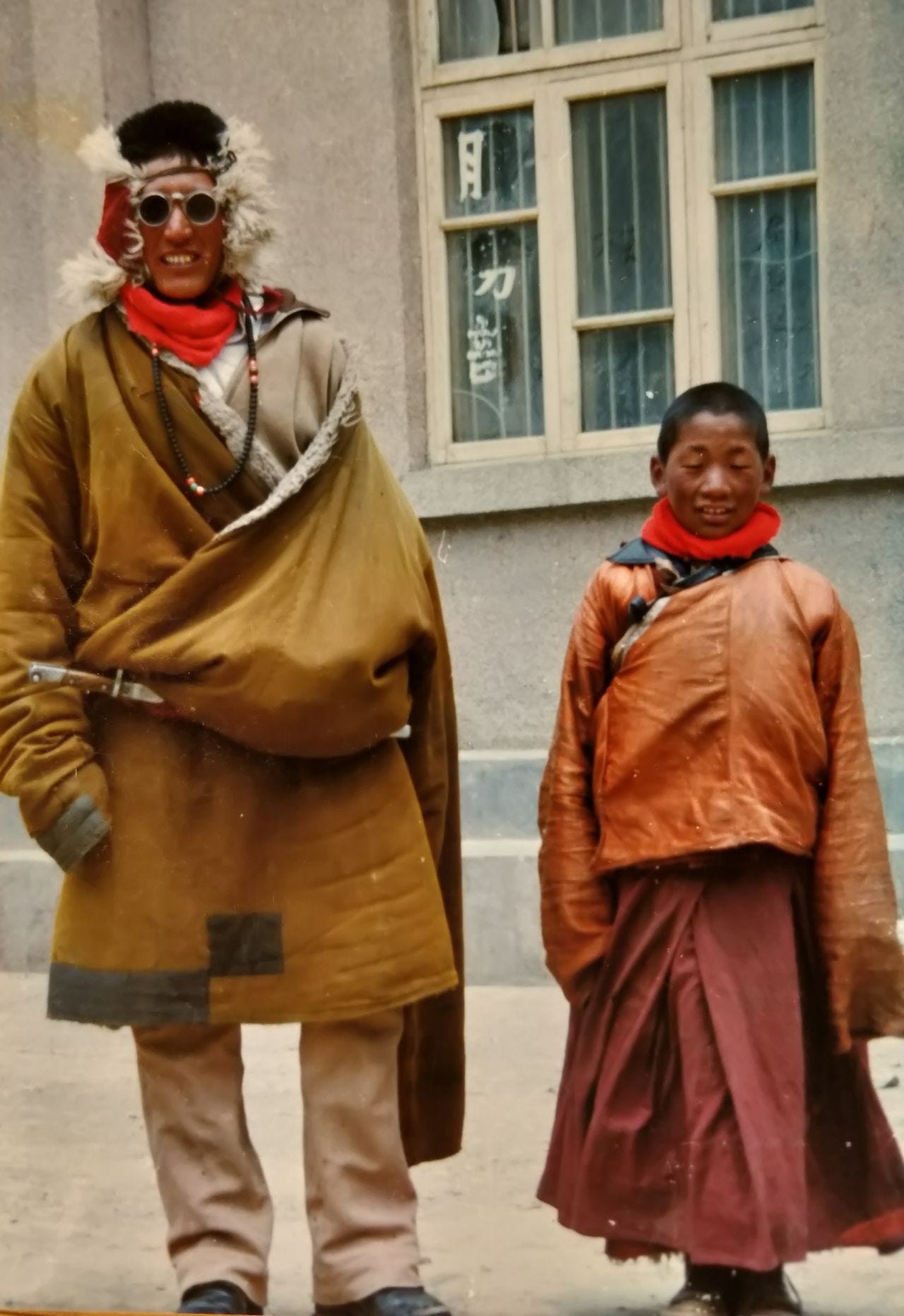
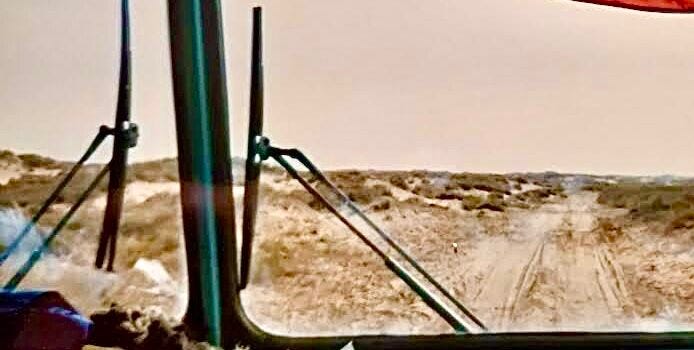
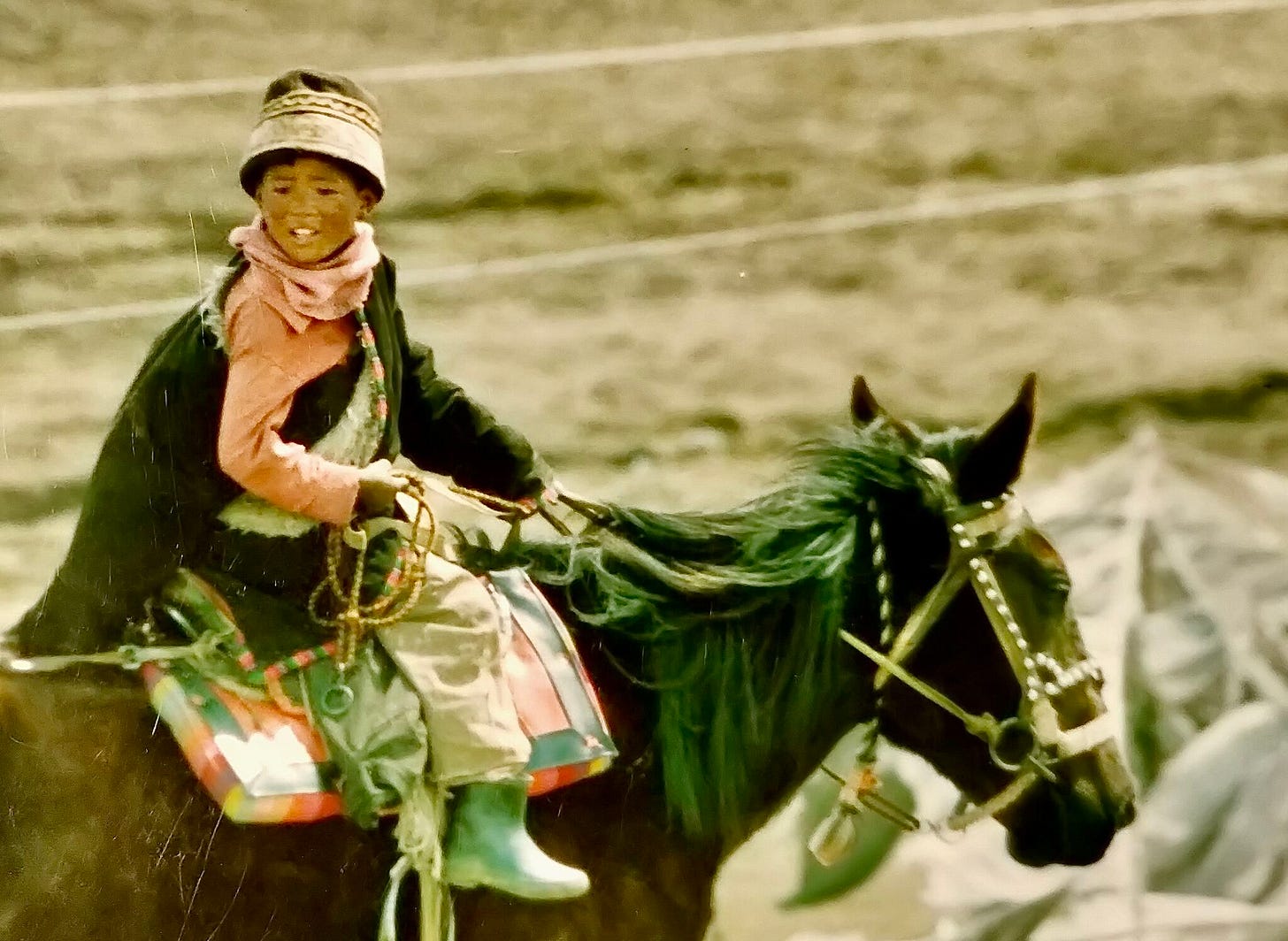

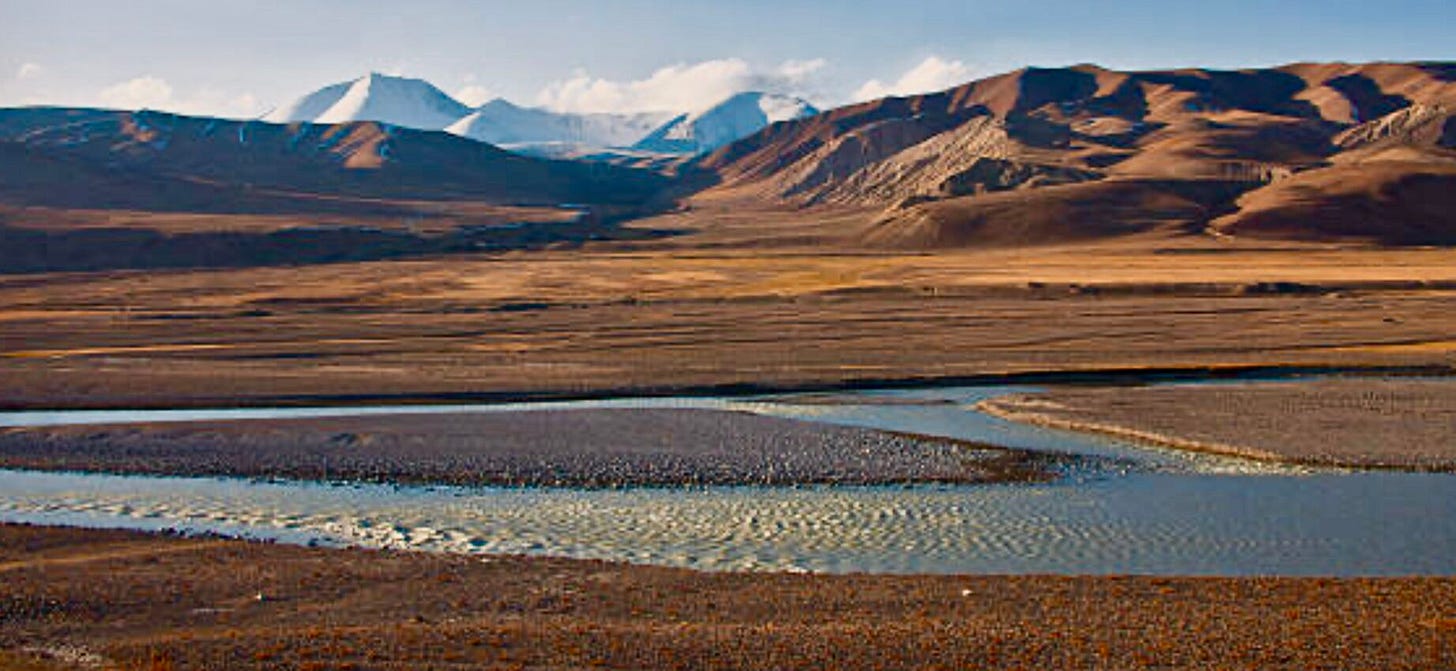
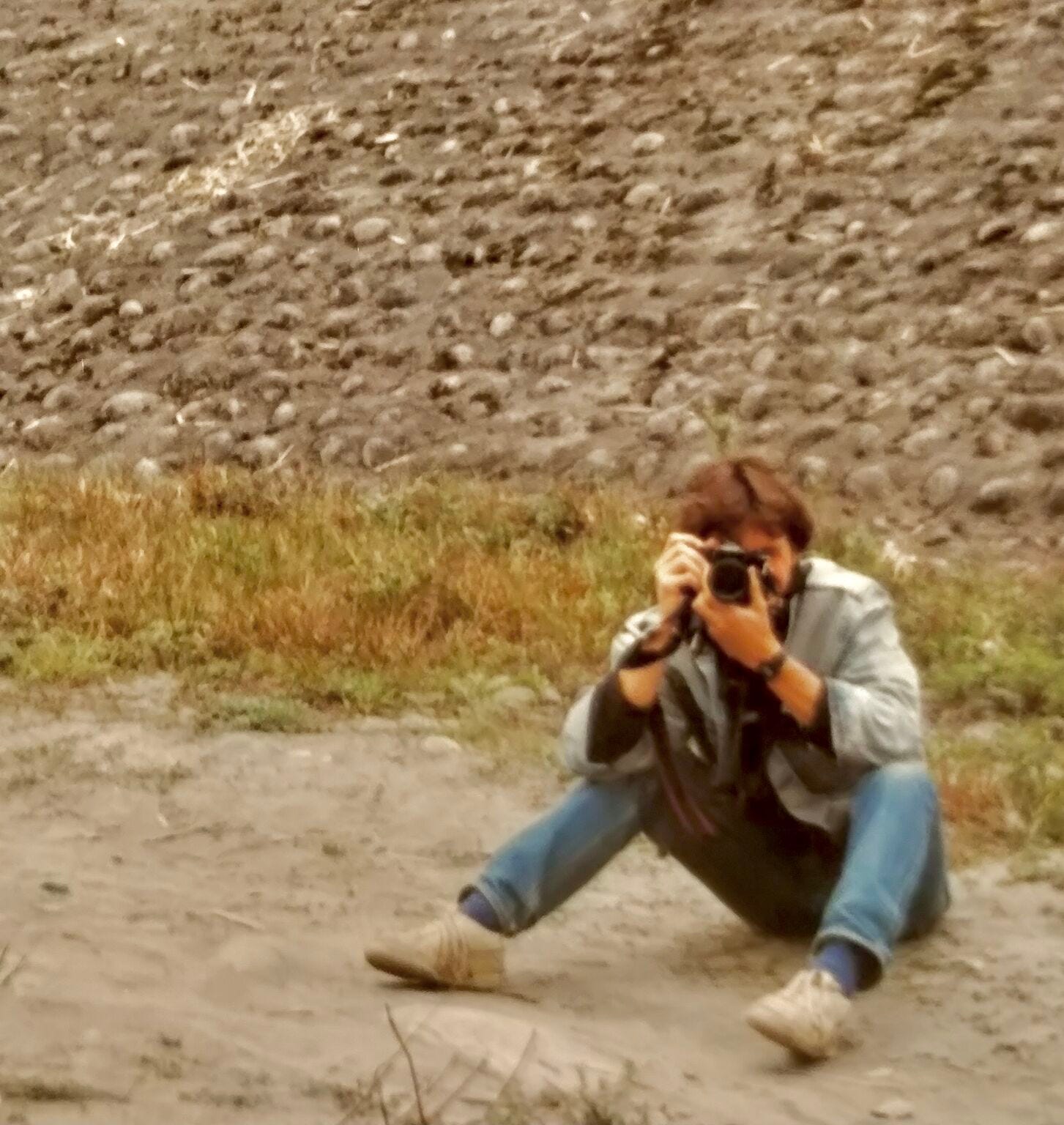

A wild story! An accident at 5000 feet. Glad you were able to write about this experience. I echo the other comments that the photos are incredible.
The pictures are precious.